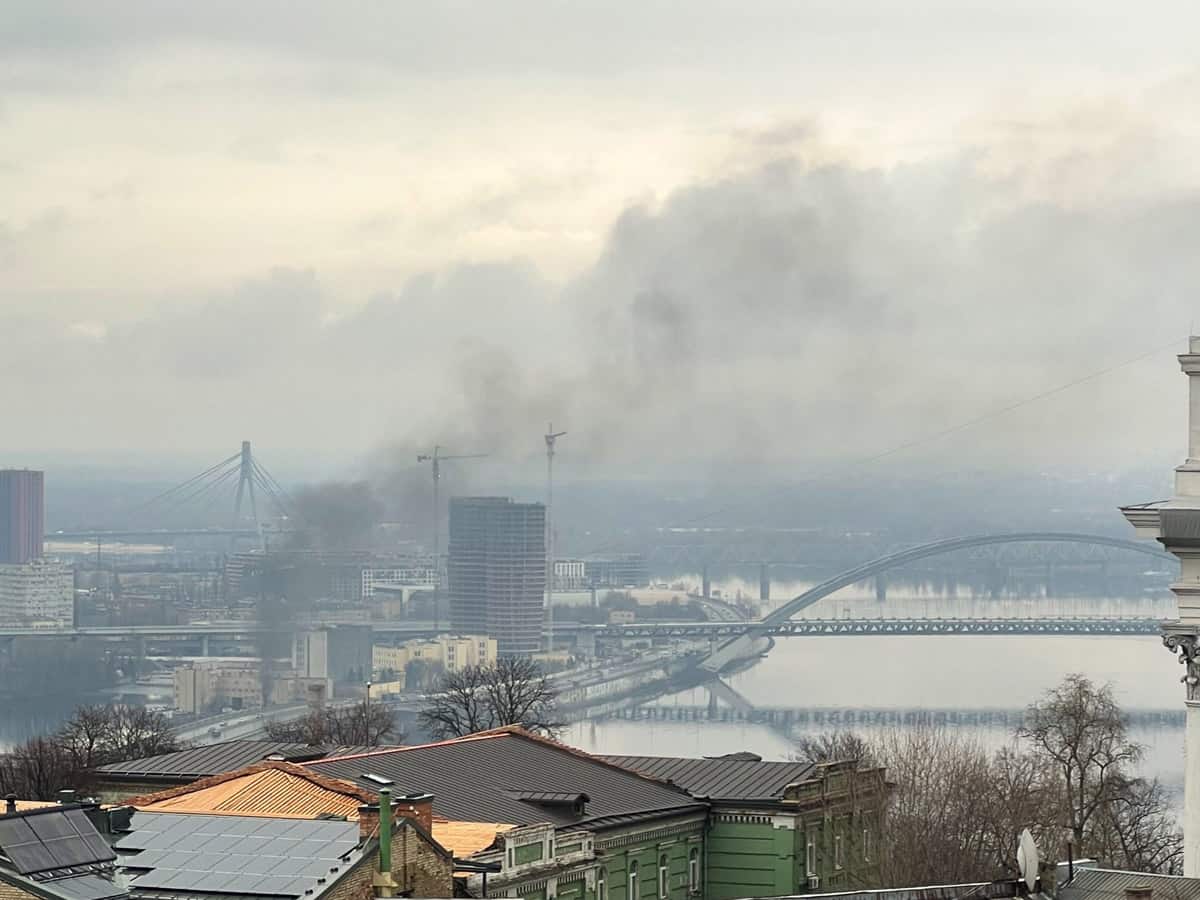

By Satyen Mohapatra
The Russian military marching into Ukraine has created serious apprehensions about a large number of priceless art heritage of Ukraine.
Protecting the art treasures in view of the continuing bombardment and missile strikes by the enemy when everyone is scurrying for safety is a major question in front of Ukrainian museum authorities and curators in panic.
As Russian troops close in it is virtually impossible for transporting art treasures out of the country if it was not done earlier before the conflict worsened.
To protect the art collections they are presently being hidden in the basements or being taken to some other secure sites to protect these.
Many articles from the National Museum of the History of Ukraine, also in Kyiv, Museum employees spend hours to move the objects to a safe location, Odessa Fine Arts Museum put up barbed wire and hit art treasures in the basement.
Russians particularly are supposed not to like museums and exhibits extolling Ukraine’s independence struggle and history of conflicts with Russia. There museum authorities are trying to take such historical artefacts to some safe place to preserve for posterity.
Ukraine has a large number of museums on a variety of subject specialities like sewage museum, toilet museum, wax figures museum, recycled materials museum, apiculture museum, Magdeburg Law Museum, Circus museum, toy museum, Post museum, Television Musuem, Museum of Bread, water museum, pedagogical museum, firefighting museum, aircraft museum, embroidery museum, among others.
One of the greatest architectural monuments and UNESCO World Heritage is the Sophia Cathedral in Kiev with the biggest world collection of 11th-century mosaics and frescoes preserved in the interior of the cathedral. Ancient masters used 177 shades of colors in an area of 1260 sq. m
UNESCO World Heritage site
The whole ancient part of Lviv city has also been enlisted as a UNESCO World Heritage site. The city was founded in 1254 and has never changed its name. Lviv has the largest number of architectural monuments in Ukraine including the Town Hall, the ensemble of Rynok Square, the Black House, the Kornyakt Palace, the former Dominican Church, the Royal Arsenal, the Powder Tower, the City Arsenal, the Bernardine Monastery, the Latin Cathedral, St. George’s Cathedral.
Another World Heritage site is the ancient and Byzantine city-state of Chersonese Tavria is located in the southwestern part of Crimea. It was founded by Greek in 422-421 BC. Chersonese was an important political, trade, and craft centre of the peninsula in ancient times. The history of this city is part of the history of Ancient Greece, Ancient Rome, Byzantium, and Kyivan Rus.
There is also well known Historical Treasures Museum known as the “Museum of Scythian gold holds Scythian cult bowls and vases found in the burial mounds of Scythian kings. The gem of the collection is the famous “Golden pectoral” (chest decoration of a Scythian king). There are scenes from the life of the Scythians on the pectoral. The fabulous pectoral was excavated from the Thick Grave mound in Dnipropetrovsk region in 1971.
The oriental golden decorations are found in the burial of Sarmatian queen created by old Russian goldsmiths, craftsmen of 14th – 16th centuries.
The golden diadem decorated with multicolored cloisonne enamel is the unique masterpiece of jewelry. Gospel settings with ornaments made with multicolored enamel and other precious items of church utensils are examples of Ukrainian jewelers’ craftsmanship in the 17th – 18th centuries.
The collection of Judaica in the Museum of Historical Treasures contains 38 unique Torah crowns, 105 Toraschields which are different in style and ornamentation technique, rimmonims, 60 pointers of different types for reading the Torah − 58 items made of silver, one made with a bone, one made of the wood.
Bombing or hit by missile disastrous for cultural heritage
What the museum authorities are afraid of is that indiscriminate bombing or hit by cruise missiles even inadvertently may be risky and disastrous for cultural heritage.
Following the Russian invasion of Ukraine, the International Council of Museums (ICOM) has strongly condemned “violation of the territorial integrity and sovereignty of Ukraine”.
ICOM expressed concern about the risks faced by museum professionals as well as the threats to cultural heritage.
As both Russia and Ukraine are parties to the 1954 Hague Convention for the Protection of Cultural Property in times of war, ICOM has expressed hope that both countries will abide by their international legal obligations to protect heritage.
ICOM has also called for a swift ceasefire, immediate mediation between belligerents, and coordinated efforts to ensure the safety of museum personnel and the protection of cultural heritage.
ICOM advised all its members to fulfill their professional obligations under the ICOM Code of Ethics for Museums to preserve, maintain and promote heritage and ensure their museums and collections are protected against all varieties of risk, including in conflict.
ICOM has given an open invitation to members of civil society and local communities to reach out to their local museums to assist them, if possible, with the ways and means to protect their buildings and collections.
Not mincing words the ICOM has urged all interested parties to be vigilant for potential increases in the smuggling of cultural materials coming from the region, and ICOM has reminded all national governments in the region of their international legal obligations to protect moveable cultural heritage under the 1970 UNESCO Convention on the Means of Prohibiting and Preventing the Illicit Import, Export and Transfer of Ownership of Cultural Property, and the 1995 UNIDROIT Convention on Stolen or Illegally Exported Cultural Objects, not to mention the other international cultural conventions for the protection of humanities common cultural heritage.
ICOM has warned that this crisis will provide an opportunity for unscrupulous individuals to profit from the threats to heritage.

